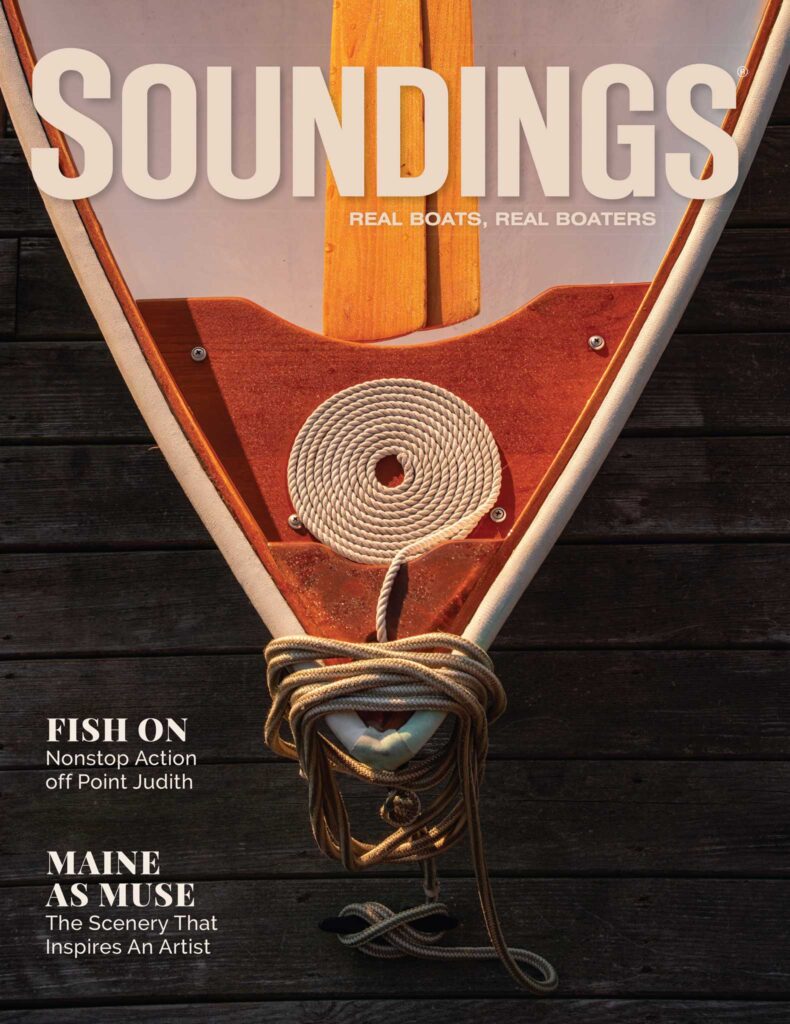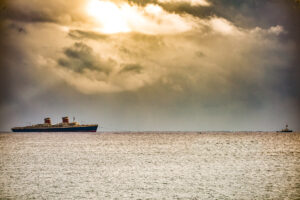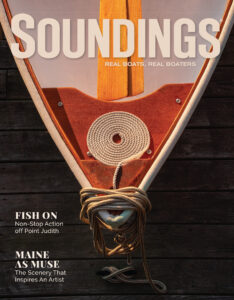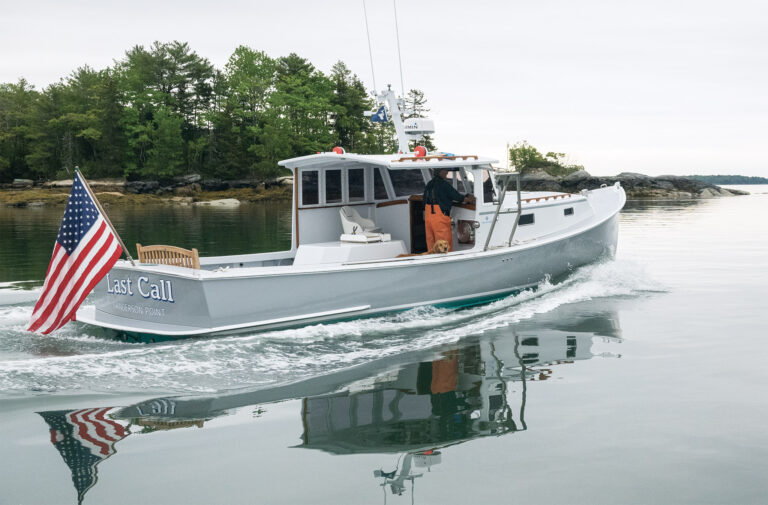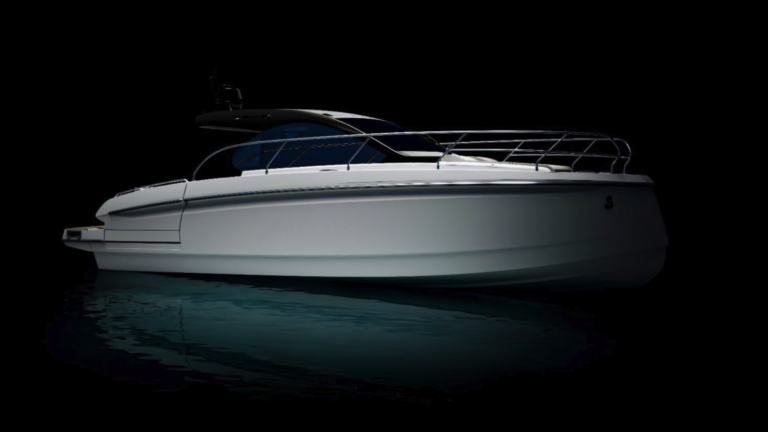Fixtures on the navigator’s table since the Civil War, NOAA’s traditional lithographic paper charts soon will be history. Come April 13, NOAA no longer will publish those charts, but it will continue to offer other options, both paper and digital.
“Like most other mariners, I grew up on NOAA lithographic charts and have used them for years,” says Rear Adm. Gerd Glang, director of NOAA’s Office of Coast Survey. “We know that changing chart formats and availability will be difficult for some mariners who love their traditional paper charts.”
The U.S. government has been printing lithographic nautical charts and selling them to the public through commercial vendors since 1862. The National Oceanic and Atmospheric Administration says its decision to stop the production of its oldest chart product is based on declining demand for lithographic charts, the increasing use of digital and electronic charts, and federal budget constraints.
The traditional charts aren’t as convenient in some respects as modern ones. Printed in large runs once a year or even less frequently, the charts must be updated by hand using Coast Guard Local Notices to Mariners. NOAA says its Print on Demand paper charts, available from OceanGrafix and East View Geospatial, are increasingly popular. They are automatically updated weekly from Local Notices to Mariners and printed as boaters order them. These charts are available in two durable versions: water-resistant paper and laminated. They can be purchased from OceanGrafix at www.oceangrafix.com, by phone or at a retail outlet, and from East View Geospatial at www.geospatial.com and by phone.
NOAA is testing PDF charts, a trial product, through Jan. 22. Also updated weekly, 1,000 of these are available for free download in printable PDF format at www.nauticalcharts.noaa.gov/pdfcharts. The PDF files, downloaded and read using free Adobe Reader software, can be viewed on a computer or printed. NOAA plans to issue a Federal Register notice seeking comments about whether it should continue to offer the PDF products free.
Its electronic products include NOAA electronic navigational charts (NOAA ENC) for display on computers, mobile apps and electronic chart display systems, and NOAA raster navigational charts (NOAA RNC), also used in a variety of electronic charting systems. Both are updated weekly and are available for free download from the Coast Survey website at www.nauticalcharts.noaa.gov.
“With the end of traditional paper charts, our primary concern continues to be making sure that boaters, fishing vessels and commercial mariners have access to the most accurate, up-to-date nautical chart in a format that works well for them,” says Capt. Shep Smith, chief of NOAA’s marine chart division. “Fortunately, advancements in computing and mobile technologies give us many more options than was possible years ago.”
Although NOAA is mainly concerned that the charts are readable, up to date and accurate, many people appreciate the lithographic charts for their aesthetics. The new printable PDF charts — at 400 dpi — retain the traditional look with the same colors. Copies made from the PDF file are suitable for display, but the public will have to find printers that can reproduce the colors and image resolution on paper the customer selects.
NOAA also has tens of thousands of historical charts free for download and printing at www.nauticalcharts.noaa.gov/history. For artistry, NOAA recommends checking out some of the Coast Survey charts from the 1800s, when artist James Whistler — known for “Whistler’s Mother” — and Sierra Club founder John Muir worked there.
Smith says NOAA will consult with chart users and private businesses about future changes, especially exploring the use of NOAA charts in creating new products. “Customers frequently ask us for special printed features, such as waterproof charts, special papers or chart books containing additional information,” he says. “We are investigating new opportunities for companies to fill these market niches, using the most up-to-date information directly from NOAA.”
December 2013 issue

